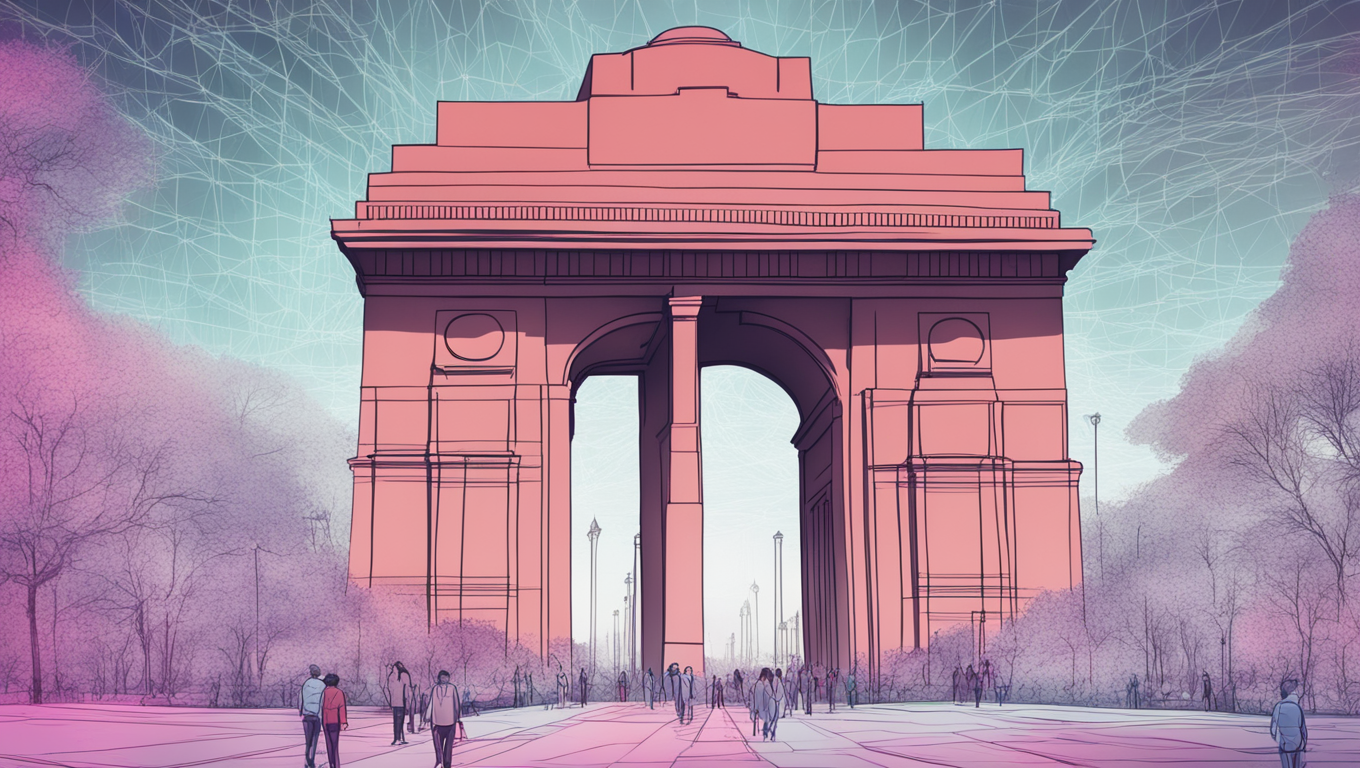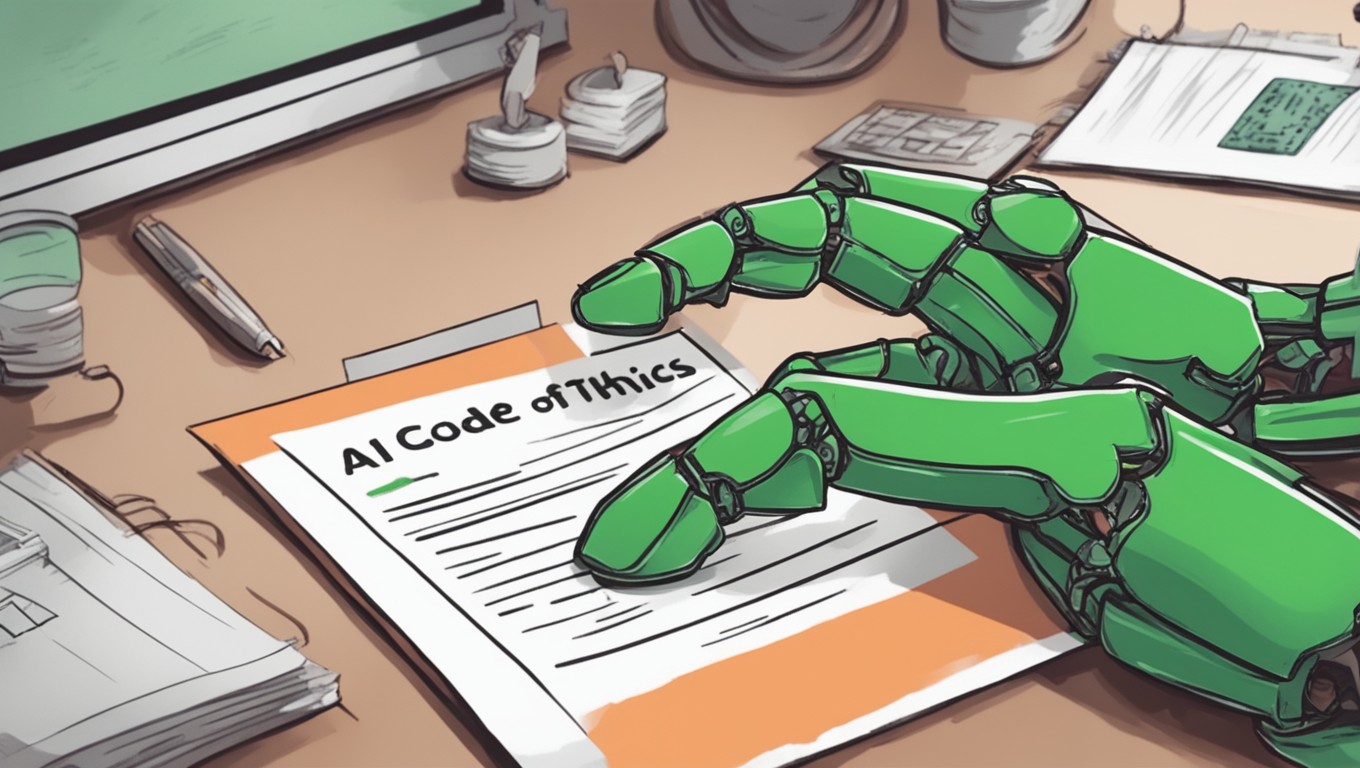Imagine a future where the labyrinth of public grievances is navigated with the precision of Artificial Intelligence—where the common man’s concerns are not lost in paperwork, where accountability and efficiency are not just buzzwords but tangible outcomes. This future is on the horizon in India, and Dr. Jitendra Singh has just unveiled its blueprint.
On a crisp September day in New Delhi, a transformative technological tool was born. Dr. Jitendra Singh, incumbent custodian of a spectrum of portfolios ranging from atomic energy to personal grievances, launched the AI-driven Intelligent Grievance Monitoring System (IGMS) 2.0 and with it, the promise of a new era in citizen-centric governance.
“We have entered an era where technology intertwines with governance to ensure that the voice of the common man is heard loud and clear,” Dr. Singh remarked. His words not just fleeting statements but hinged on the very fabric of Prime Minister Narendra Modi’s governance ethos that places grievance redressal at its fulcrum for accountability.
The IGMS 2.0, a brainchild of DARPG in collaboration with IIT Kanpur, is a testament to this narrative. “The integration of AI into the existing CPGRAMS portal is like equipping an artist with a finer brush, enabling a more detailed and nuanced approach to the grievances,” explained a senior official from DARPG. Post-December 14, 2021, following their MoU, IIT Kanpur has been instrumental in crafting the AI capabilities that now underpin the CPGRAMS dashboard, offering real-time analytics across varied parameters of grievances.
Imagine a system so nuanced that it doesn’t just count grievances; it understands them, providing state-wise and ministry-wise segregation. “It’s a tool that can dissect the anatomy of a complaint, laying bare its root causes,” asserted one of the technocrats involved in the project.
With nearly 20 lakh grievances pouring in annually, the manual processing of such voluminous data is an anathema to expedience. The IGMS 2.0 is set to radically change this, promising draft letters, pinpoint monitoring, and swift redressal mechanisms—a potential panacea for the backlog malaise.
Even more notable is the shrinkage in the average resolution timeline—a spectacular decline to just 16 days, signaling a near 50% acceleration in resolving the heartbeats of governance, as Dr. Singh refers to them. This leap is no small feat given the backdrop of 32 days in the not-so-distant 2021.
During his visit to the DARPG office, the Union Minister also unveiled the Swachhata Special Campaign 3.0, another stride towards operational magnificence. This campaign saw government channels cleanse themselves of the old, unused, and redundant, generating significant revenue and adopting a near-absolute digital facade.
“The Special Campaign 3.0 we launch today will build upon the success of its predecessors, carrying forward Gandhiji’s ethos of cleanliness right into the digital era,” Dr. Singh stated while reflecting on the envisioned October campaigns.
It is this mosaic of digital initiatives—AI in grievance redressal, e-governance, digital cleanliness drives—that portrays the Indian government not as a relic of bygone bureaucracy but as a beacon of modernity. Dr. Singh’s standing ovation within the DARPG corridors resonates not merely with the accomplishment of a fileless office, but with the overarching theme propelling India: the marriage of technology with traditional governance, echoing as ‘Whole of Government’ and ‘Whole of Science’ approaches.
As the Special Campaign 3.0 draws focus to field offices with public interfaces, Dr. Singh’s voice holds a promise, “These reforms are not terminal but iterative, an ongoing journey to make governance a seamless experience for every Indian.”
In his parting words, Dr. Singh delineates the compendium of 300 Best Practices—a DARPG initiative that serves almost as a scripture for governmental offices—a navigation chart for the uncharted waters of public service efficacy. In this crux of science and service, we find the evolving ethos of the Indian government, one where AI doesn’t just stand for Artificial Intelligence but also represents Accountability and Inclusivity.





Use the share button below if you liked it.